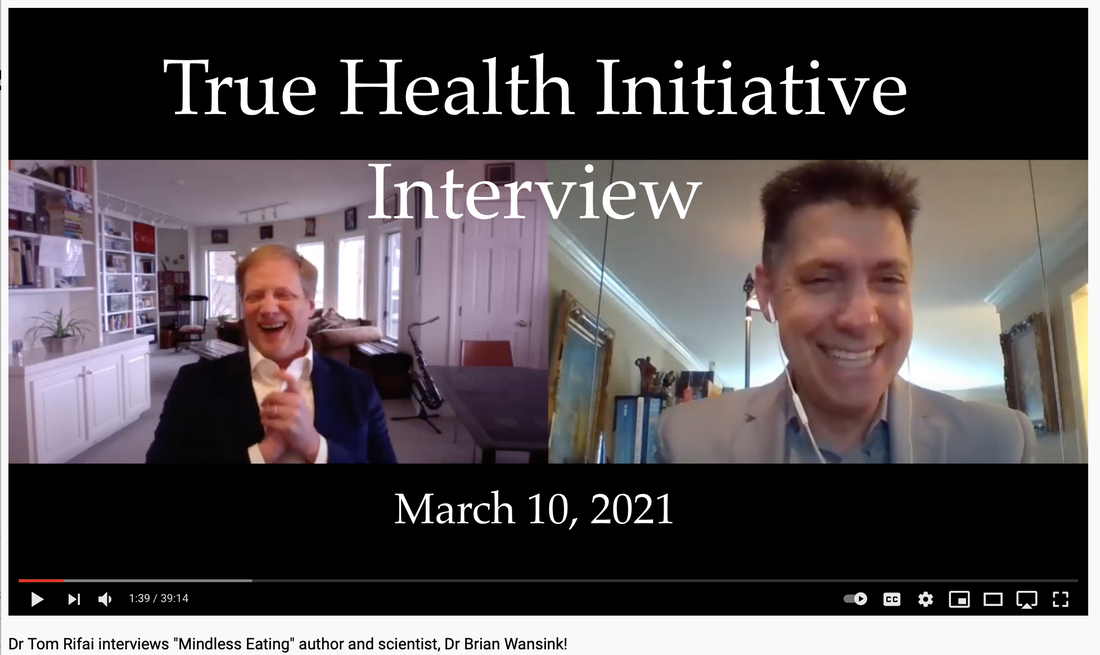|
A couple days ago, I saw the famous saxophonist Kenny G at the Syracuse Jazz Festival. He’s the highest-selling jazz musician, and his band opened with three standing ovation songs before he spoke.
I’ve been lucky enough to see tons of great concerts – from Led Zepplin about 50 years ago to Bruce Springsteen about 50 days ago. When all of these musicians make their opening remarks, they usually exude cool attitude or unrestrained ego. None of them said what Kenny G said next.
He talked about the debt he owes to his high school music program. He held up his sax and told people it was the same saxophone his Mom and Dad bought for him 50 years ago in high school band. He said he was playing with these same guys for over 40 years. He went on to say they all got their start in their public high school music programs. He then introduced each person by saying what their hometown was and naming the specific high school they attended. For instance, he and his keyboard player had met in Franklin High School jazz band in Seattle and have played together ever since. In 50 years of watching concerts, I've heard superstar musicians sing that "we don't need no education, we don't need no thought control," or about throwing fastballs during their high school glory days. I've only heard one of them ever say how grateful they are to the education they got in public high school, and how grateful they are for their music teachers. As amazing of a musician as this guy is, I think he's probably also an amazing person.
0 Comments
A person I tremendously admire off-handedly once told me, "All of the work I did that made the biggest difference in my life was work I did while other people slept."
Extra effort is what made the difference in his career. Instead of sleeping in, he started working, and it made the big difference in his success. Summer's similar. Twenty years ago, a colleague once told me "If I don't finish a summer project by the Fourth of July, it's probably not going to get finished." He went on to say that too much gets in the way after the Fourth of July: Family vacations, long weekends off, projects around the home, kid stuff, outdoor BBQs, and so on. Ever since hearing this, the Fourth of July high water mark has always been an inspiration for me to really turn on the gas for the rest of the summer so I can say I got as much done after the 4th as before. Benchmarks can be good. Especially if you think that what you do past the benchmark might be what makes the biggest difference for you. |
Welcome!Here are some tips, tricks, and secrets on how you and your family can eat to be healthier and happier. They're based on over 30 years of our published research.
Fun InterviewsMost Visited Last Month• For You
• Smarter Lunchrooms • The X'Plozionz Band • Help your family • Kitchen Scorecard • Retracted papers • Grocery secrets • Do kids inherit taste? • Be healthier at work • How not to retire • Estimating calories • Restaurant Secrets • Syllabus template Top 2024 Downloads• Kitchen Makeover
• Smarter Lunchrooms • Smarter Lunchroom Scorecard • Grocery Shopping Hacks • Restaurant Secrets • Write a Useful Syllabus • Workplace Wellness Tips • Healthy Profitable Menus Categories
All
|






 RSS Feed
RSS Feed